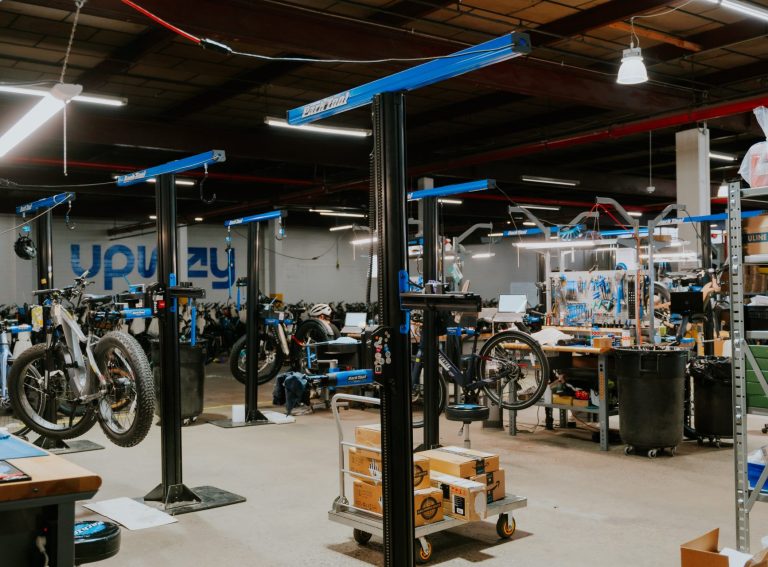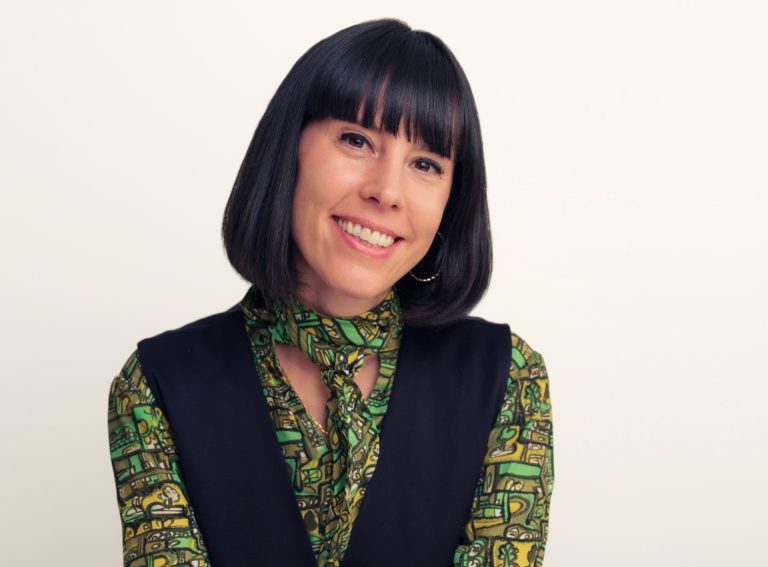This interview is part of a Market Movers series powered by Zoba.
Name: Jason Shin
Position: Chief Operating Officer at Swing
Operations: Present in South Korea, Swing operates 85,000 e-scooters, 14,000 e-bikes and 1,000 e-mopeds, totaling more than 100,000 vehicles distributed over 70 cities.
Background: Unlike most European markets, Swing has been able to achieve economies of scale as the regulatory environment in South Korea does not put any restrictions on fleet sizes.
Zag Daily: How are you able to manage 100,000 vehicles on the streets every day?
JS: “Swing HQ manages 50,000 units directly. The other half are operated by more than 80 Swing franchisees, which manage them very tightly because they have purchased the e-scooters. About 15% of the total are touched every day, and all scooters will be checked at least once every seven days.”
Zag Daily: Can you say what one of your key metrics is to ensure the operation runs smoothly?
JS: “ The most important questions we ask ourselves every day are – ‘Are our scooters in the right places? And do they have sufficient battery?’ To answer these questions, we rely on real-time IOT data and task recommendations from Zoba, which help our operations managers ensure each practitioner always has a prioritised list of deployments, battery swaps and rebalances that need to be done.
“Since all e-scooters are IoT connected, two controllers communicate with the field team based on real-time status just like an airport.”
Zag Daily: How big is the team and how is it structured?
JS: “We have 180 team members. There are 60 people in-house, tasked with software development, marketing, finance, accounting, franchise sales and management, and an operating team of 120.
“They are divided into ‘Explorers’, who replace batteries in the field; ‘Guardians’, who handle civil complaints and manage regional battery charging camps; and ‘Mechanics’, who quickly fix broken scooters.”
Zag Daily: Could you elaborate on the Guardian team? Approximately how many civil complaints does Swing get a week?
JS: “This is our most important operation team. They do everything from repairing and replacing batteries to handling complaints.
“We handle about 1,000 complaints a week, mostly to move scooters that are obstructing pedestrians or traffic. Each complaint has to be handled within three hours by one of our ten team members travelling around the city.
“When we enter a new city we set up a consultative body that typically consists of local government, the police, education officers and personal mobility companies. With our existing body’s, we’ve established a hotline contact network, and when a complaint comes in, the personal mobility company is contacted immediately and the complaint is processed within a maximum of three hours.”
Zag Daily: Despite the challenge of running such a sizeable operation, Swing has had positive EBITDA since month four and been profitable since year two. How have you achieved this?
JS: “This is a result of strategies that set us apart from our competitors when it comes to operations, location, pricing and business model. While most of our competitors outsource their operations, Swing internalised them. This has enabled us to manage our e-scooters status and placement in a quick cycle.
“Second, our initial target area was uniquely different from competitors. While most competitors compete in the ‘Gangnam’ area, the very center of Seoul, Swing started in the ‘Gwanak-gu’ and ‘Seongsu-dong’ areas where there is no competition – a choice that earned us substantial profits. ‘Gangnam’ is an area with many office workers, and ‘Gwanak-gu’ and ‘Seongsu-dong’ are areas with many college students.”
Zag Daily: What does Swing do differently when it comes to pricing and business model?
JS: “While competitors compete with low pricing, Swing stays high. If the e-scooter is located where it is absolutely necessary, we are certain that users would use it even if the price was high. This strategy still works today.
“And we expanded our operating region through a franchise model. Our partners purchased Swing scooters and software, which enabled us to quickly increase the size of our assets and operating area.”
Zag Daily: What do you look for in a market when considering where to expand?
JS: “The top priorities are finding the demand for people in their 20s and 30s, in areas with long commuting distances and lack of public transportation and taxis.
“There are many of these areas in Korea due to the country’s fast development and most of the old and new cities are 10 minutes away by car. First, we place a small number of scooters in the area to test, and then deploy additional vehicles if they are highly utilised.”
Zag Daily: Have you got any specific targets you would like to achieve in 2023?
JS: “Until 2022, all operational decisions were made by humans themselves. This year the top goal is to maximise operational efficiency. We will thoroughly predict user demand based on data, and replace and rearrange the scooters and their battery with it. We are aiming for sales of $100 million this year.”





